The Exquisite Woodwork of the 18th Dynasty
During the golden era of Ancient Egypt, at the height of the 18th Dynasty, artisans crafted a throne of extraordinary beauty for Princess Sitamun. This wooden masterpiece stands as a testament to the refinement and elegance of Egyptian craftsmanship from over 3,000 years ago.
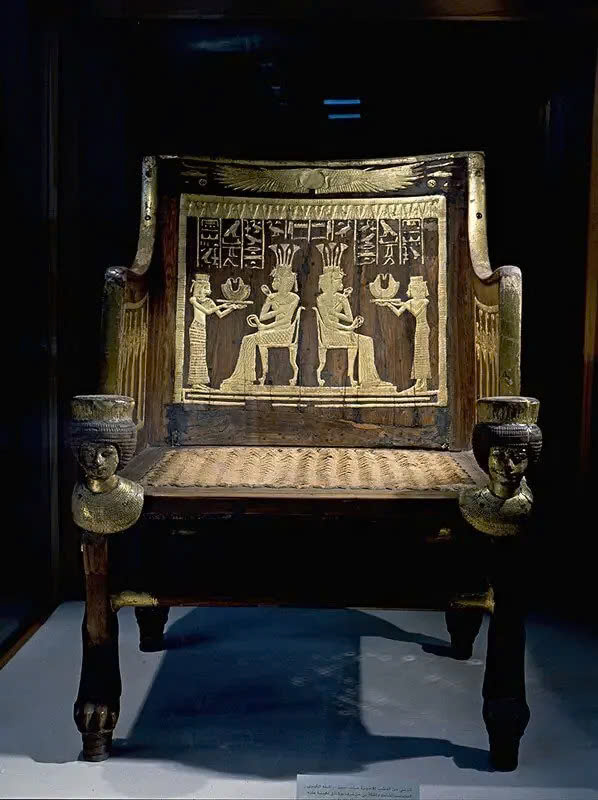
A Throne Worthy of Royalty
Carved from luxurious redwood, the throne exemplifies the peak of ancient woodworking techniques. A 4 mm thick veneer of the same precious wood enhances its surface, adding an extra touch of opulence.
The throne’s legs, sculpted in the form of lion’s paws, rest upon high bases adorned with finely etched ridges. In its original splendor, these majestic legs were encased in gleaming silver plating, traces of which still remain today—a shimmering echo of its past grandeur.
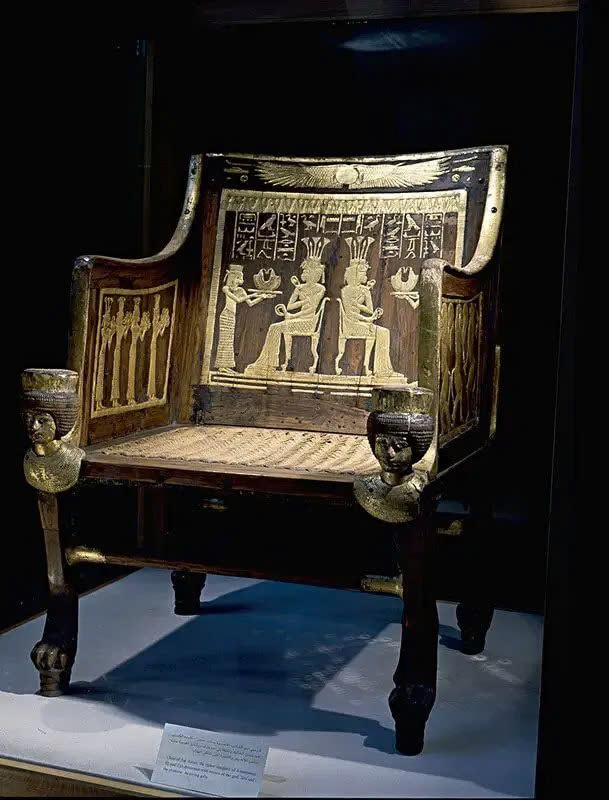
Princess Sitamun: Daughter of Amun and Queen Consort
A Life Shrouded in Mystery
The name Sitamun, meaning “Daughter of Amun”, hints at her divine association. Born around 1370 BC, she was the daughter of the powerful Pharaoh Amenhotep III and his esteemed wife, Queen Tiye.
In keeping with royal traditions of the time, Sitamun’s destiny was intertwined with the throne. In the 30th year of Amenhotep III’s reign, during his first Heb-Sed festival, she was not only a princess but was also elevated to queen consort, marrying her own father.
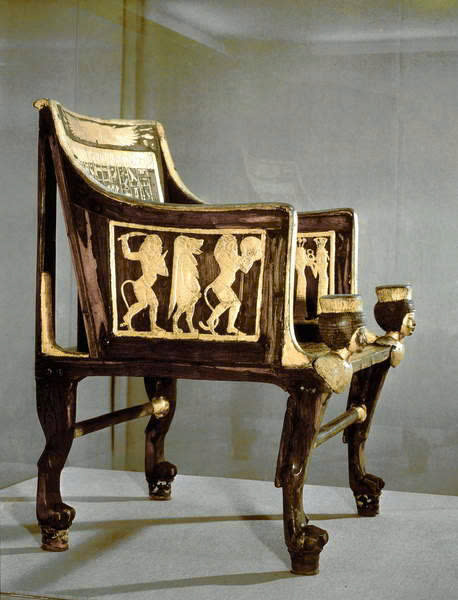
A Royal Residence
Sitamun’s privileged status is further reflected in her residence within the grand Malqata palace, located on the west bank of Thebes. Archaeological discoveries, including jar labels, bear inscriptions referencing “The House of the King’s Daughter, Sitamun”, underscoring her esteemed position in the royal court.
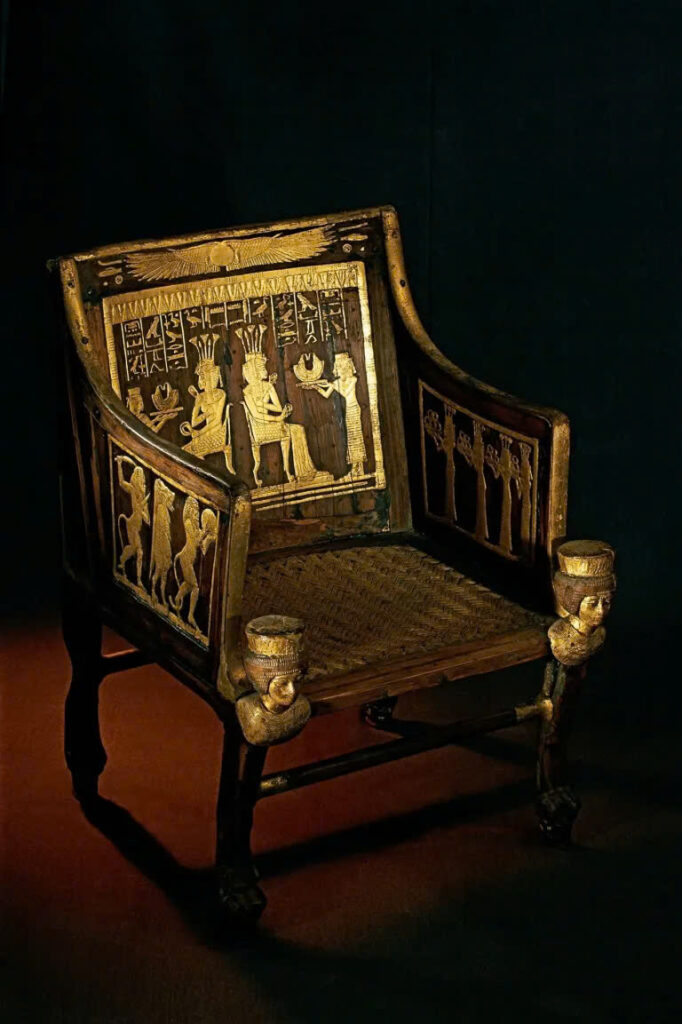
A Forgotten Treasure Unearthed
For millennia, this magnificent throne remained hidden beneath the sands of the Valley of the Kings, a silent witness to history. It was only in 1905 that it was rediscovered within tomb KV46, the final resting place of Yuya and Tjuyu—Queen Tiye’s parents—during excavations led by Theodore M. Davis.
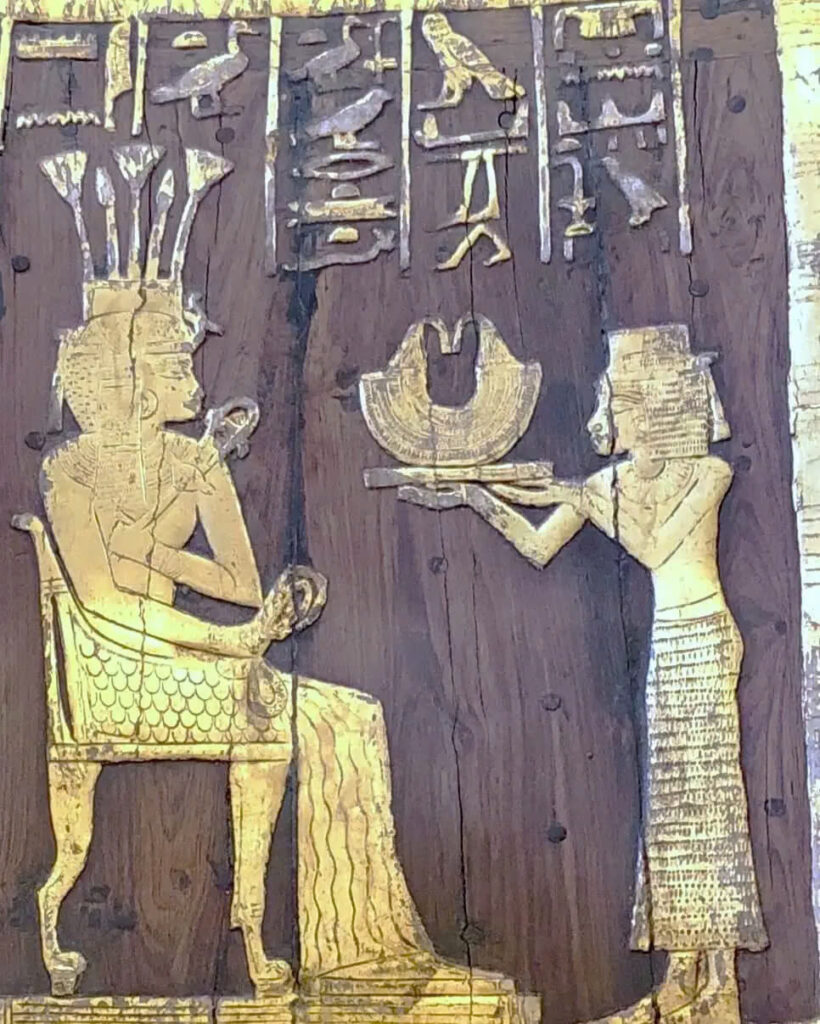
Today, this priceless relic resides in the Egyptian Museum in Cairo, cataloged as JE 5342 / CG 51113. It stands as a tangible link to the grandeur of the New Kingdom, offering a rare glimpse into the life of a princess who once lived, ruled, and left an indelible mark on the golden age of Ancient Egypt.

